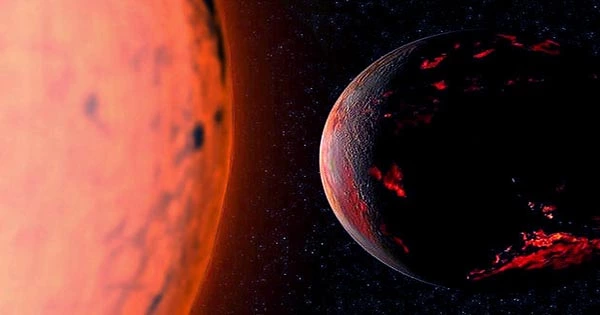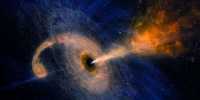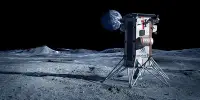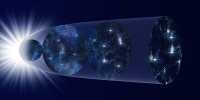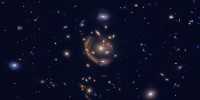Astronomers have discovered a white dwarf that is eating asteroids and comets for the first time, implying that this monster, which is 86 light-years from Earth, is causing havoc in both its inner and outer star systems. In a statement, lead researcher Ted Johnson, a UCLA physics and astronomy student who graduated last week, stated, “We have never observed both of these sorts of particles accreting onto a white dwarf at the same time.” “We want to obtain a better understanding of planetary systems that are still intact by analyzing these white dwarfs.”
We need to look at how a star becomes a white dwarf to comprehend the significance of this discovery, which was presented at the 240th American Astronomical Society Meeting. The life cycle of stars like the Sun is rather simple. When they run out of hydrogen to burn, they have no choice except to fuse helium in their core. This occurs during the red giant phase, when stars enlarge to the point that they may engulf their nearest planet. The star loses its outer layer as it gets older, and when it runs out of helium, it turns into a white dwarf.
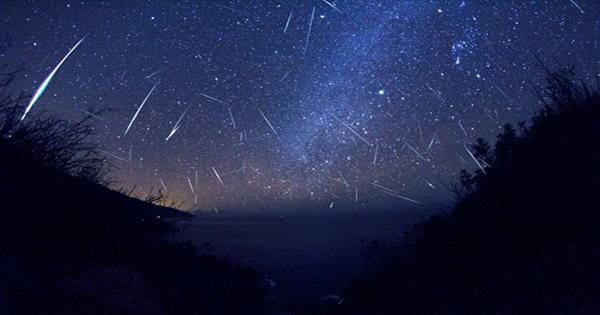
These are relics of dense star cores. There is no fusion going on inside them, thus their light is leftover thermal energy. This research demonstrates that the first 100 million years of the white dwarf phase may be chaotic for star systems. The study discovered that many elements, including nitrogen, oxygen, and magnesium, silicon, and iron, poison the white dwarf’s atmosphere. Some of these elements are plentiful in the development of terrestrial planets and asteroids, whereas others are found in abundance on ice worlds and comets.
“A roughly two-to-one combination of Mercury-like stuff and comet-like material, which is made up of ice and dust, was the best fit for our data,” Johnson said. “Iron metal and nitrogen ice both reflect radically different planetary creation circumstances. There is no other known Solar System object with such a high concentration of both.” If this were our Solar System, the future Sun white dwarf would eat the remains of the rocky planets and the asteroid belt, as well as receiving a flood of material from the Kuiper Belt, a region beyond Neptune’s orbit that is home to frozen objects like Arrokoth.
The finding of white dwarf G238-44 shows that frozen reservoirs may be a frequent feature in star systems, which has exciting implications for planets in the appropriate conditions for life, as these distant entities may have delivered water to Earth. “Life as we know it requires a rocky planet with a range of volatile components like carbon, nitrogen, and oxygen,” said UCLA physics and astronomy professor Benjamin Zuckerman. “The element abundances we detect on this white dwarf appear to have come from both a rocky parent body and a volatile-rich parent body – the first example we’ve identified among hundreds of white dwarf investigations.”
